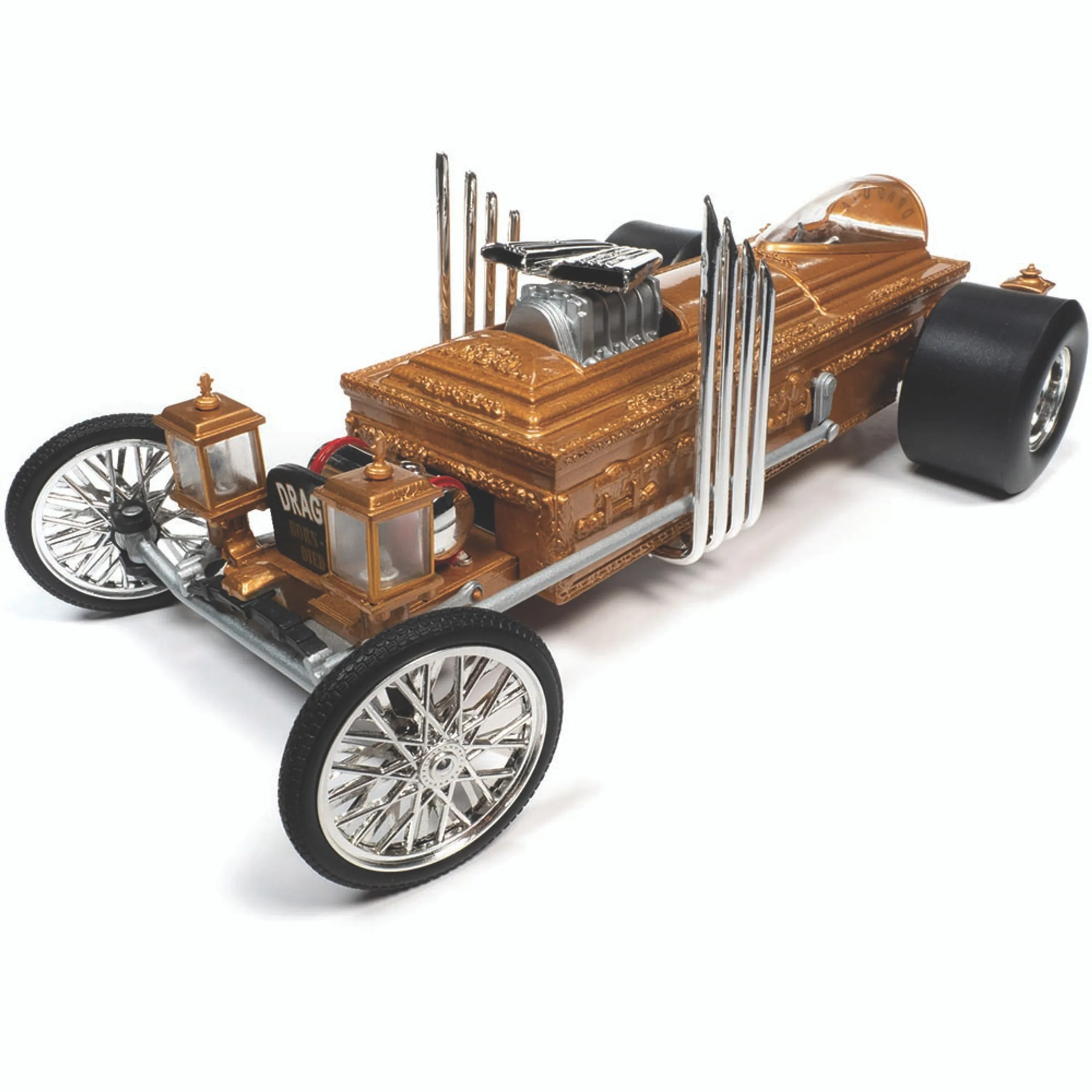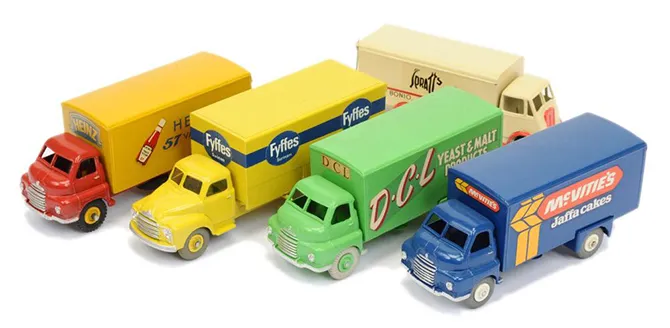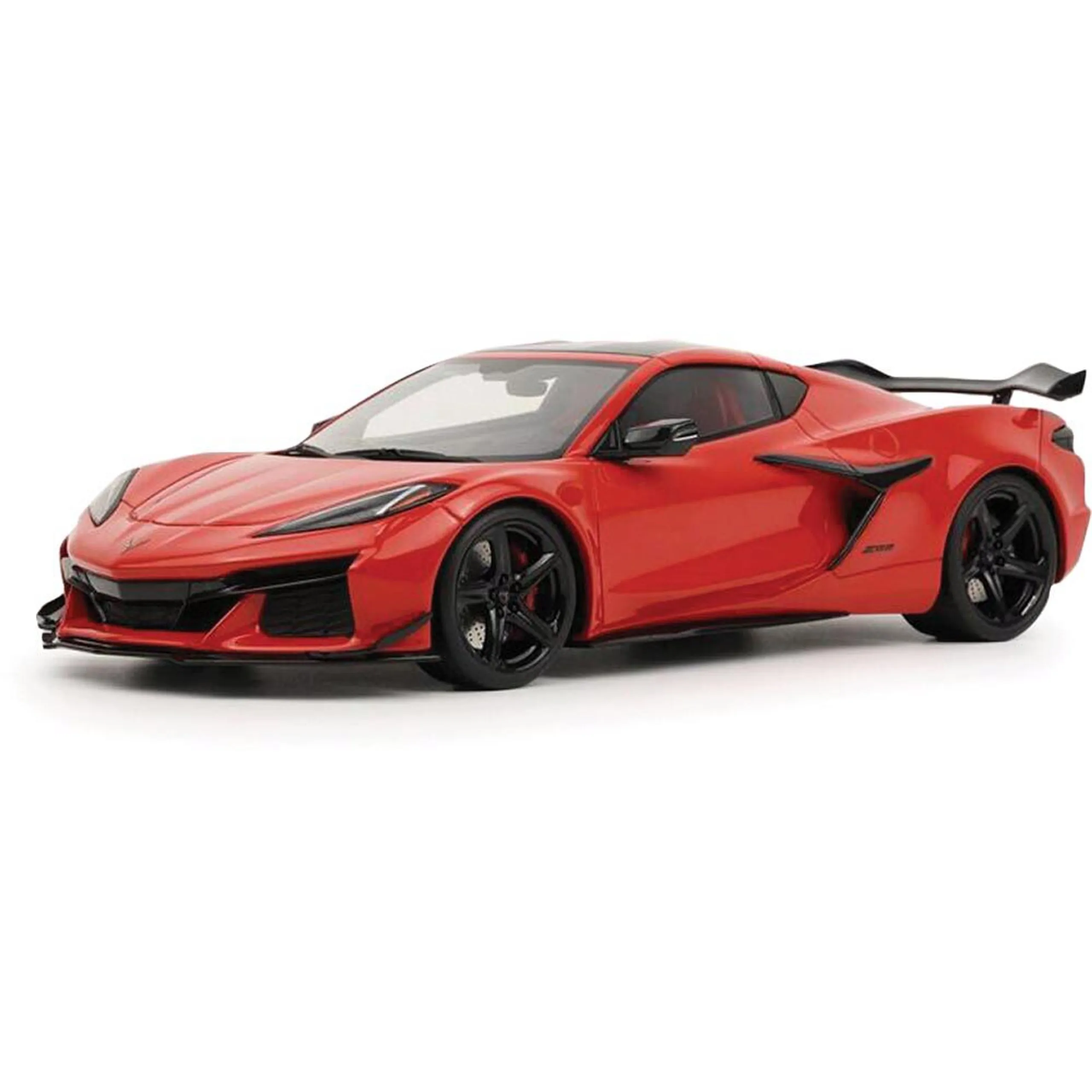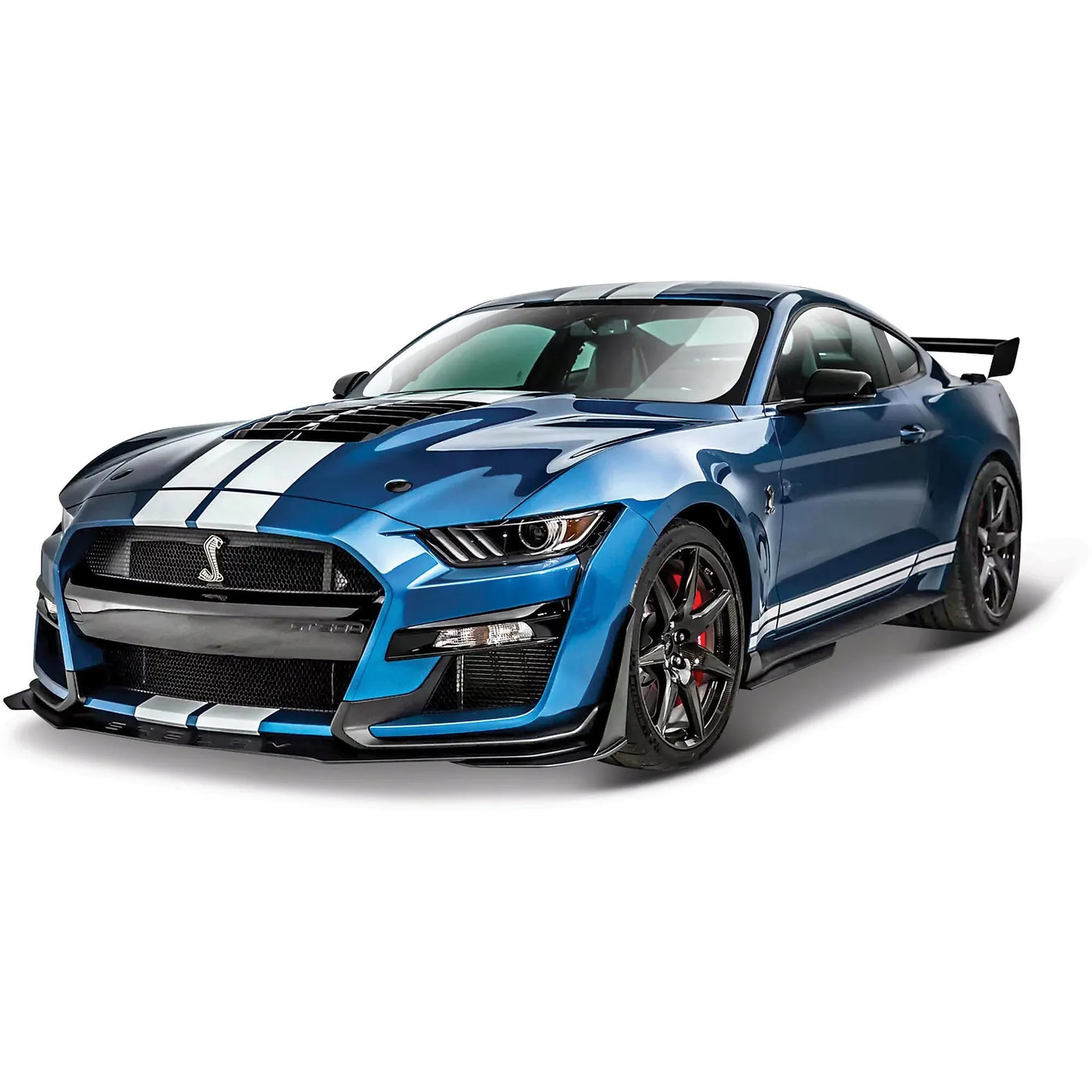What is a Diecast Car
Diecast cars are miniature vehicles meticulously crafted from a zinc alloy, often combined with other metals. The term “diecast” refers to the manufacturing process, where molten metal is injected into molds under high pressure. This method allows for intricate details and precise replication of real-life automobiles. These miniature marvels are more than just toys; they are collectible items, display pieces, and a nostalgic link to the automotive world. Collectors and enthusiasts appreciate the craftsmanship, the accuracy of the design, and the wide variety of models available, from classic cars to modern supercars. Whether you’re a seasoned collector or a curious newcomer, understanding what a diecast car is the first step toward appreciating this fascinating hobby.
History of Diecast Cars
The history of diecast cars is a journey through innovation and the evolution of toy manufacturing. Their origins can be traced back to the early 20th century, with the earliest models primarily made from lead. As manufacturing techniques improved, so did the materials and designs. The post-World War II era saw a surge in popularity, with companies like Dinky Toys and Corgi Toys leading the way in producing detailed and affordable models. These early diecast cars were a hit with children and adults alike, sparking a passion for collecting that continues to this day. Over time, diecast cars have become increasingly sophisticated, with more intricate details, accurate paint schemes, and a wider range of models, reflecting the changing landscape of the automotive industry.
Factors to Consider Before Buying

Before diving into the world of diecast car collecting, several factors should be considered. First, decide what scale you’re interested in, as this will significantly impact the size and display space needed for your collection. Consider your budget, as prices can range from a few dollars to hundreds, or even thousands, for rare or limited-edition models. Research the different brands and manufacturers to understand their reputation for quality and detail. Think about what you want to collect; do you prefer classic cars, modern sports cars, trucks, or a specific brand? Establishing your collecting goals will help you narrow your focus and avoid impulse purchases. By carefully considering these factors, you can create a collection that you’ll truly enjoy.
Scale and Size of Diecast Cars
Diecast cars come in various scales, each representing a different size relative to the real-life vehicle. The most common scales are 1:18, 1:24, 1:43, and 1:64. The scale 1:18 models are larger and offer greater detail, making them popular for display. The 1:24 scale provides a good balance of size and detail, while the 1:43 scale is a common choice for collectors due to its smaller footprint and wide availability. The 1:64 scale, also known as “Matchbox size,” is the smallest and most affordable. The choice of scale often depends on personal preference, available display space, and budget. Consider the size of your collection, the level of detail you desire, and the space you have available when choosing the scales that best suit your needs.
Material and Build Quality
The material and build quality of a diecast car are critical factors that determine its value and longevity. Most diecast cars are made from a zinc alloy, known for its ability to capture fine details. Higher-quality models will have a more substantial feel and feature more intricate details, such as realistic interiors, opening doors, and detailed engines. The paint quality is also a significant indicator of quality; look for smooth, even paint application without imperfections. Check the wheels, tires, and other components for durability and accuracy. Examine the model for any signs of assembly issues or defects. Investing in models from reputable brands ensures you receive a well-made and durable diecast car that can withstand the test of time. Pay attention to these details to ensure your collection reflects the quality and craftsmanship you desire.
Features and Details

The features and details of a diecast car significantly contribute to its appeal and value. Some models have opening doors, hoods, and trunks, allowing you to view the interior and engine bay. Detailed interiors may include seats, dashboards, and steering wheels. Engine detailing can range from basic representations to highly accurate replicas of the real engine. Other features to look for include functional steering, realistic wheels and tires, and accurate paint schemes and decals. Limited-edition models often feature unique details, such as specific paint colors, custom wheels, or numbered certificates of authenticity. The level of detail varies depending on the scale and price of the model, but paying attention to these features can enhance your collecting experience and increase the value of your collection.
Brands and Manufacturers
Numerous brands and manufacturers produce diecast cars, each with its own reputation for quality, detail, and value. Some of the most popular brands include Autoart, Minichamps, Hot Wheels, Maisto, and Kyosho. Autoart and Minichamps are known for their high-end models with exceptional detail, while Hot Wheels offers a wide range of affordable and collectible cars. Maisto and Bburago provide good value for their price, making them great choices for beginners. When choosing brands, research their reputation for quality, accuracy, and collectibility. Consider the models they offer, the scales they produce, and the price range of their products. Some collectors specialize in a specific brand, while others collect models from various manufacturers to create a diverse collection. Understanding the different brands will help you make informed purchasing decisions and grow your collection.
How to Find and Assess Diecast Cars
Finding and assessing diecast cars is a rewarding part of the collecting process. Start by researching models you are interested in and familiarizing yourself with their features, details, and value. Visit online marketplaces, local hobby shops, and car shows to browse the selection. When assessing a diecast car, pay close attention to its condition. Look for any damage, such as scratches, dents, or missing parts. Check the paint quality and the alignment of doors and other movable parts. Examine the details, such as the interior, engine, and wheels, to ensure they are accurate and well-made. Consider the rarity of the model; limited-edition cars or those with unique features may be more valuable. Comparing prices online and in different locations helps you make informed decisions and avoid overpaying. Taking your time and carefully examining each model will ensure you find the best additions to your collection.
Where to Buy Diecast Cars

Diecast cars can be found in various locations, both online and in physical stores. The choice of where to buy depends on your preferences, budget, and the specific models you seek. Online marketplaces offer a vast selection of diecast cars from different sellers, including eBay, Amazon, and dedicated diecast car websites. These platforms allow you to compare prices, read reviews, and find rare or hard-to-find models. However, be sure to check the seller’s rating, read the item description carefully, and ask questions before making a purchase. Local hobby shops and events provide a more personal shopping experience. You can examine the models in person, talk to knowledgeable staff, and often find models at competitive prices. Attending car shows and swap meets is another excellent way to find diecast cars and connect with other collectors. Consider the advantages and disadvantages of each option to determine the best approach for your collecting needs.
Online Marketplaces
Online marketplaces provide a convenient and extensive platform for buying diecast cars. Websites like eBay and Amazon offer a vast selection from various sellers, including individual collectors and retailers. These platforms allow you to compare prices, read reviews, and often find rare or limited-edition models. However, be cautious and do your research. Always check the seller’s feedback rating to ensure they have a good reputation. Carefully read the item description to understand the car’s condition, any defects, and included accessories. Ask questions before making a purchase, especially about the model’s condition, packaging, and authenticity. Consider using secure payment methods to protect yourself from fraud. While online marketplaces offer convenience and selection, being vigilant and informed is essential for a successful buying experience.
Local Hobby Shops and Events
Local hobby shops and events offer a more hands-on and personal experience for buying diecast cars. Hobby shops often have knowledgeable staff who can provide expert advice and help you find models that fit your interests. You can examine the cars in person, assess their condition, and ask questions before making a purchase. Attending local car shows and swap meets is another excellent way to find diecast cars and connect with other collectors. These events provide a chance to see a wide variety of models, meet sellers, and often negotiate prices. Support local businesses and connect with fellow enthusiasts by exploring your community’s hobby shops and events. You may find models that are unavailable online, and you can build relationships with other collectors, making your hobby even more enjoyable.
Tips for Evaluating Diecast Cars

Evaluating diecast cars requires careful attention to detail and an understanding of their value. Begin by assessing the car’s overall condition. Look for any signs of damage, such as scratches, dents, or missing parts. Check the paint quality and look for imperfections like bubbles or uneven application. Examine the details, including the interior, engine, wheels, and tires, to ensure they are accurate and well-made. Check for functionality, such as opening doors and steering. Inspect the car’s packaging to ensure it’s original and in good condition, as packaging can significantly impact the value. If possible, compare the model to online listings and pricing guides to get a sense of its market value. Take your time, be thorough, and ask questions to ensure you’re getting a quality diecast car.
Condition of the Car
The condition of a diecast car is one of the most critical factors affecting its value and desirability. A car in mint condition with no defects or damage is generally the most valuable. Minor imperfections, such as small scratches or paint chips, can reduce the value. Examine the car closely for any signs of wear and tear. Check the paint, the body, the wheels, and any other components for damage. Pay attention to the interior and engine details to ensure they are intact and undamaged. Consider whether the car has been displayed or stored improperly, which could affect its condition. When evaluating the condition, use the following terms to describe it Mint (M) perfect condition; Near Mint (NM) – very minor flaws; Excellent (EX) – some wear and tear; Good (G) – moderate wear; Fair (F) – significant wear; Poor (P) – major damage.
Original Packaging
Original packaging significantly increases the value and collectibility of diecast cars. The original box or packaging protects the car from damage and provides important information about the model, such as the manufacturer, scale, and year of production. Packaging in excellent condition indicates that the car has been well-preserved. Look for boxes without tears, creases, or fading. Even if the packaging is not perfect, it is better to have it than not. Some collectors prioritize cars with their original packaging, and they are willing to pay a premium for them. When buying, check to ensure the packaging matches the car. If possible, compare the packaging to images online to ensure authenticity. Original packaging enhances the collector’s experience and plays a vital role in preserving the model’s value.
Price and Value

Determining the price and value of a diecast car involves considering several factors, including its condition, rarity, manufacturer, scale, and market demand. Research comparable models online to get an idea of the current market price. Check completed listings on eBay or similar platforms to see what the cars have sold for in the past. Consider the car’s condition: models in mint condition generally command higher prices than those with damage. Rarity is also a significant factor; limited-edition models, those with unique features, or those from a specific era may be more valuable. The manufacturer and the scale of the car influence its value. Certain brands and scales are more sought after than others. Understanding these factors helps you assess whether a price is fair. Comparing prices in various sources ensures that you are making a good investment for your collection.
Tips for Diecast Car Buyers
Buying diecast cars can be a rewarding experience with these additional tips. Set a budget before you start collecting to avoid overspending. Research the models you are interested in, so you know what to look for and the approximate value. Focus on collecting what you enjoy rather than solely on investment potential. Take advantage of online resources and collecting communities to learn and connect with other collectors. When buying online, always use a secure payment method and read the seller’s feedback. Inspect the car carefully upon arrival and contact the seller immediately if there are any issues. Remember that the most valuable collection is the one that brings you the most enjoyment. Enjoy the process of building your collection, and don’t be afraid to make mistakes; they are part of the learning process.
